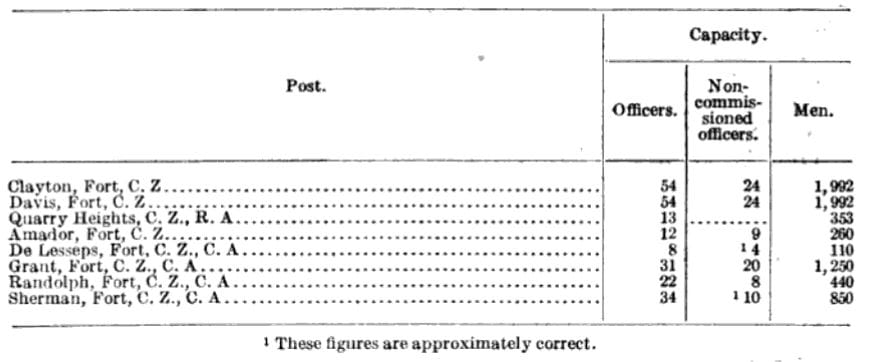Followers or Futurists

This entry originally appeared on June 17th, 2022 using the mirror.xyz platform and has been permanently stored onchain and signed via ArWeave.
Fortune favors the bold. Content is king. How to become an influencer. How and when to boost your posts. Increase social media engagement. Gain followers.
We don’t have to look far if this is our thinking….and the results of our effort can be instantaneous. But have we stopped to think about this?
Followers vs Influencers?
We work in the Commerical Real Estate Industry, which is typically not viewed as the most innovative and creative group. We’re going to disprove that, sort of.
CRE is highly top-down - influencer/follower. We don’t have to deep dive into the organizational chart of a commercial brokerage to understand the fee structure and senior/junior relationships. It makes sense. Humans are social creatures who enjoy being around people with similar interests - in this case, success. Success comes with experience. Wash, rinse, repeat.
Connections:
Historically, your family may have known another family who owned property you (or someone you knew) wanted. Because of that relationship, you introduced the two parties by making the connection. Over time, the value in that transaction turned from social to monetary. The fee was born.
Most American commercial real estate companies were family businesses. The rules of the game were really very simple. Transactions were limited to buy/sell and back then, it was almost exclusively land and homes that were trading hands. Your reputation and your network were everything. It wasn’t a proprietary algorithm of automation that helped close the deal.
Development:
Land turned to barracks, barracks to apartments, apartments to homes, homes to retail, and retail to office. Enter the office tower….and leasing. This path wasn’t necessarily linear, but it was all driven by demand and population growth. Innovation follows demand. Construction methods improved allowing taller, safer buildings to be erected. This was the technology of the time and the birthplace of vendors and subcontractors. It wasn’t about laptops and mobile phones, but rather post-war industry, science, and the advancement of building materials within a surging population.
Opportunity:
An opportunity is an avenue of activity that is both actionable and has the potential to provide value to an entrepreneur and to customers.
Today, real estate is in the midst of an identity crisis. Home supply is down, prices are high. Offices are shrinking. Retail is omnichannel. Distribution/Warehouse is in high demand with low supply and inflated development/construction costs. Undeveloped land and agricultural value have contracted for the same reasons. Add capital market conditions, labor shortage, global inflation, and a war to the mix….but don’t dwell on it.
Effectuation is the process used to identify entrepreneurial opportunities when the future is unknown or unpredictable. THAT.TIME.IS.NOW.
- People have computers.
- People have internet.
- People have flexibility.
ESG initiatives include carbon reduction, indoor air quality, passive accountability and occupancy sensors. Social opportunities associated with hiring and retaining the best talent through DEI methods. Tech enablement including UX/UI, remote-first, and unified platform development for our future workers. Horizontal organizational structures are emerging that encourage and compensate based on contribution. When we add all this up, we begin to realize our collective value. That’s when we can start talking about HOW we USE the space again. These are trends. Trends change.
Idealistic?
100 years ago - there were barely any offices. Typewriters, phones, and electricity were centralized. People moved towards resources. Employers gave employees the tools they needed to work. The employees gained skills and received compensation. Communities grew, networks developed, and values increased. The people who were early adopters had more options - and different opportunities. How is this different than the future of work? The future of work isn’t WHERE it happens - rather HOW it happens. We have to understand our value in place, our tenancy, in order to contribute to the future of our global community. There are no fixed values, only trends. Right now, we’re booking on the value of people - entrepreneurial, creative people. They’re ushering into CRE from various industries, and it’s glorious. We’ll go back to WHERE, until then, let’s focus on HOW.